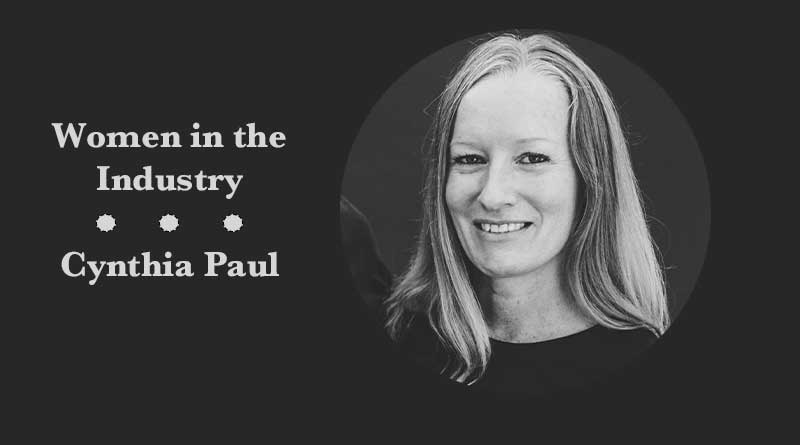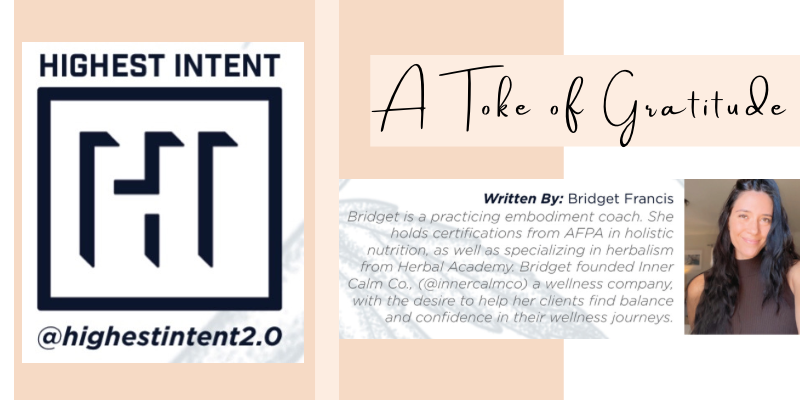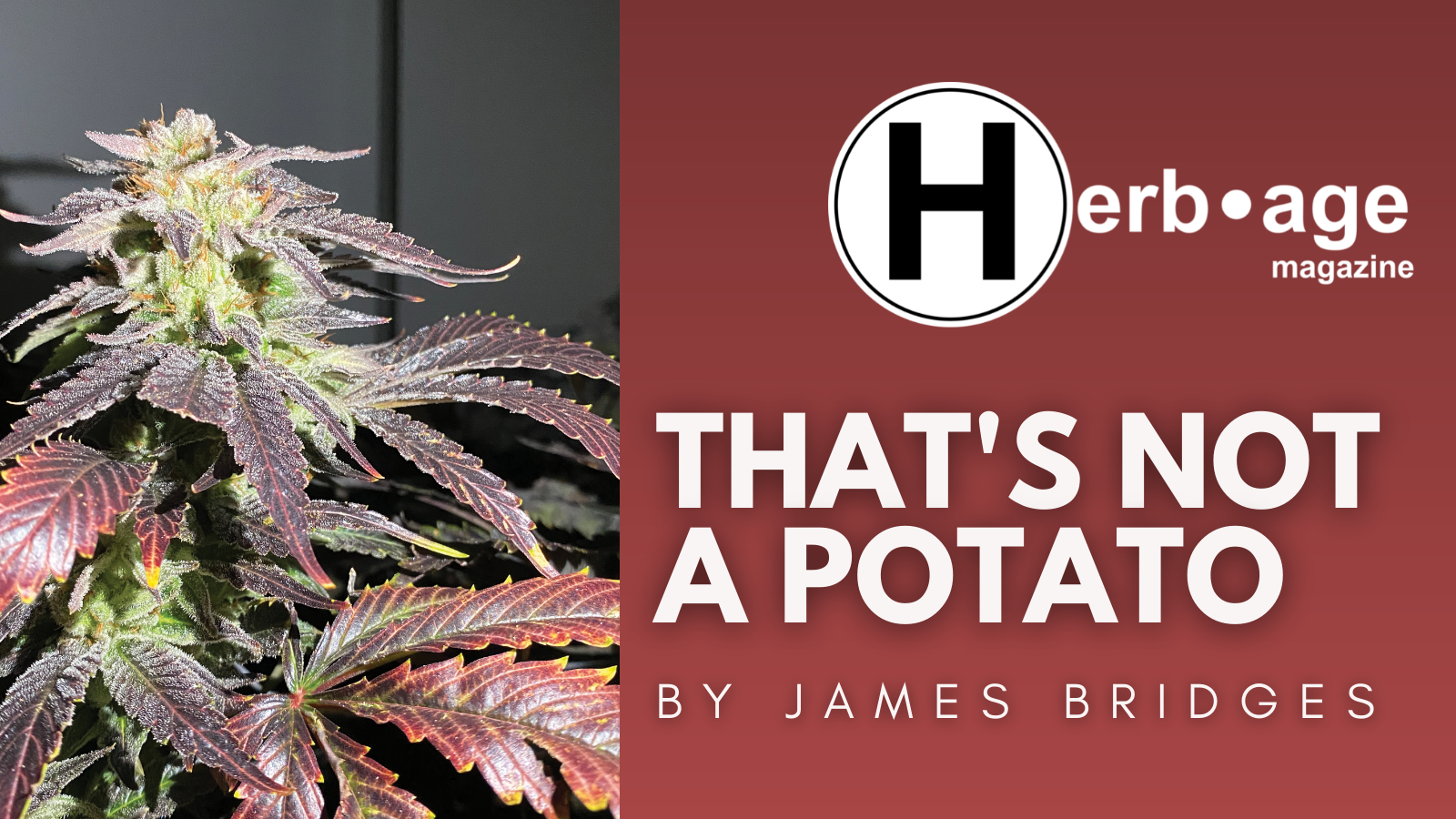by Kayla Johnson
People turn to cannabis for different reasons, at different times in their lives. For some, it became a weapon in the fight against a horrible disease, while others may have found immense relief from their severe depression or anxiety. For others, like Cynthia Paul, it became the lifesaver that kept them from drowning in the pit of addiction, and helped open the door for a second chance at a healthier, fuller life.
Paul, who moved to north Tulsa from Colorado when she was just 3, says that she’s always been pro-cannabis. “I just didn’t understand that it was actual medicine when I was a teenager.” She admits that it took a bit of her life to figure that out, but believes it was truly instrumental in her being here today. “I feel like cannabis saved me, and the funny thing is, I didn’t even know it was medicine.”
Like thousands of others across the country, Paul fell into addiction at an early age. “Sadly, I had a terrible addiction to xanax and meth. I did my first line of meth, and took my first Xanax, at age 14.” While she also smoked cannabis during high school, she says it wasn’t long before things escalated,” As you can imagine, beginning such a path at such a young age causes a myriad of development and cognitive issues..I began sneaking out with friends, using more pills and meth, I even quit school entirely and moved in with a boy.” With her life spiraling out of control, Paul says the only thing she could do was dive further down. “I had no money, no job, no hope for a future, but I had a boyfriend, and drugs, which became the only things that existed to me.”
Paul and her boyfriend turned to buying and selling other peoples’ Xanax prescriptions to get by, and admits that her ‘little Xanax and meth problem’ was addiction in full swing by this point. “I needed more and more to feel that high, so I began using needles for my meth..I just kept using, kept getting sicker, and skinnier..I was dying. I knew it. That’s when I finally hit rock bottom.” She acknowledges that when you’re on that kind of deadly path, it can be extremely hard to muster the strength you need to quit, but says she found it within herself one morning, with the help of half a joint. “One morning, after coming down from a 10 day marathon of no sleep and no food, I became so sick and so hungry; It’s a hunger that I couldn’t satisfy with food. I was going through severe withdrawals and dehydration.” Paul says that she came across a half-smoked joint, and lit it. “I wanted to do something to feel high, and instead, it helped my craving fade away. It helped me take a sip of water without heaving.” Most importantly, she says it opened her eyes. “It helped me wake up and see myself, and I did not like what I saw, or what I felt. This wasn’t the first time I felt this way, but this was the first time I truly saw myself, and what I had become. I wanted change, and I knew that I had to make the change, and be the change for myself.”
Without a second thought, Paul left. “I left that situation cold turkey, with only the clothes on my back and a ‘93 Ford Mustang rag top with no back window, and I called my mother. My parents happily told me to come home, after several years of no contact. I was 23 when I finally went home to get my life back.” While her self esteem and her bank account were still reeling from the years of addiction, Paul credits her part-time job cleaning rooms at Motel 6 with helping her achieve more,” After a year, I saved enough money to put myself through Career Point Business School in the CNA program. With my new certification and sobriety, I was able to find the first job that made me feel worth, rather than worthless, at Oklahoma Orthopedic Hospital, now known as the Oklahoma Surgical Hospital.” While Paul says this was the beginning of her new life path, she also had to give up an important tool for the time being. “Due to drug testing, I had to quit cannabis to get and keep the job..boy, how the times have changed now. I never thought I would see legal cannabis in Oklahoma.”
After opening their first company together in 2013, Palm Beach Vapors in Owasso, Paul and her husband, Chip, have gone on to build several companies together. “In addition to our custom-made eLiquid, we also started a company in 2014 called GnuPharma. We’re a research, development, and manufacturing company researching the endocannabinoid system with both hemp and non-cannabis plants.” Paul says their other companies include a manufacturing company that helps other companies bring their ideas to life, and a brand of products from their GnuPharma company. While she says they’ve been working on these concepts together since 2013, the push for medical cannabis didn’t really kick off for them until 2014, when she and Chip formed Oklahomans for Health. “We thought we could find a doctor, or a lawyer or politician to be the front guy, and lead Oklahomans for Health to victory, but that didn’t happen.” Instead, as so many of us know, Chip, along with Cynthia and others, took matters into their own hands, leading the movement from 2014, until successful passage in 2018. “We ran into so many challenges, from lack of funds. The printing was expensive, the water for our signature gatherers was expensive, everything cost money more than you’d thing, so we really built up a grassroots initiative, with many Oklahoman volunteers and activists.”
During this time, Paul and her husband used every chance they could to learn more about medical cannabis. “We needed to know for ourselves why it was so beneficial, and why it was so important that we needed to get this legalized for everyone in Oklahoma, so we learned and researched everything we could about the endocannabinoid system.” Even after legalization, the Pauls spent weeks at the capitol speaking with legislatures, and spent three months driving the state, speaking in every little town that would listen to help educate others about medical cannabis. “Sometimes, there’d be one in the audience, other times, there’d be 20, but we had our mission in mind, so we just kept going.”
Now, a year into the industry, Paul says that it’s incredible to see the change. “It’s been great, I’m so excited to see all the women opening shops, making products and living a dream they did not know would ever be available in Oklahoma. I am so proud to be a woman in the industry, and to have this opportunity to work with women, with the common goal of building a sustainable industry with compassion and ethics.” While Paul admits that like with anything, there are setbacks and challenges, but says that keeping an optimistic perspective does wonders. “I have seen some division across our state, but that’s to be expected; this is a very competitive industry, and for women, even more-so.” She says that despite this, the best thing that women in the industry can do is simply unite. “There are so many wonderful groups and organizations of women across the state, and we’re really becoming the pioneers and leaders for this in in Oklahoma, and it would be incredible to see all of us come together, and help the industry grow while we learn from each other.” The impact of women in cannabis as a united group could be a powerful, and needed one, at the capital, and Paul encouraged this. “We could really make big changes, because we still have a lot of work to do at the capital.”
For Paul, and most likely others, there’s a simple thing about having medical cannabis legalized that touches her heart. “My favorite thing is seeing the amount of people it has helped, and how open people are now being about how it is helping them. It’s not recreational in disguise, it’s truly helping people, and that’s exactly what we wanted.”




